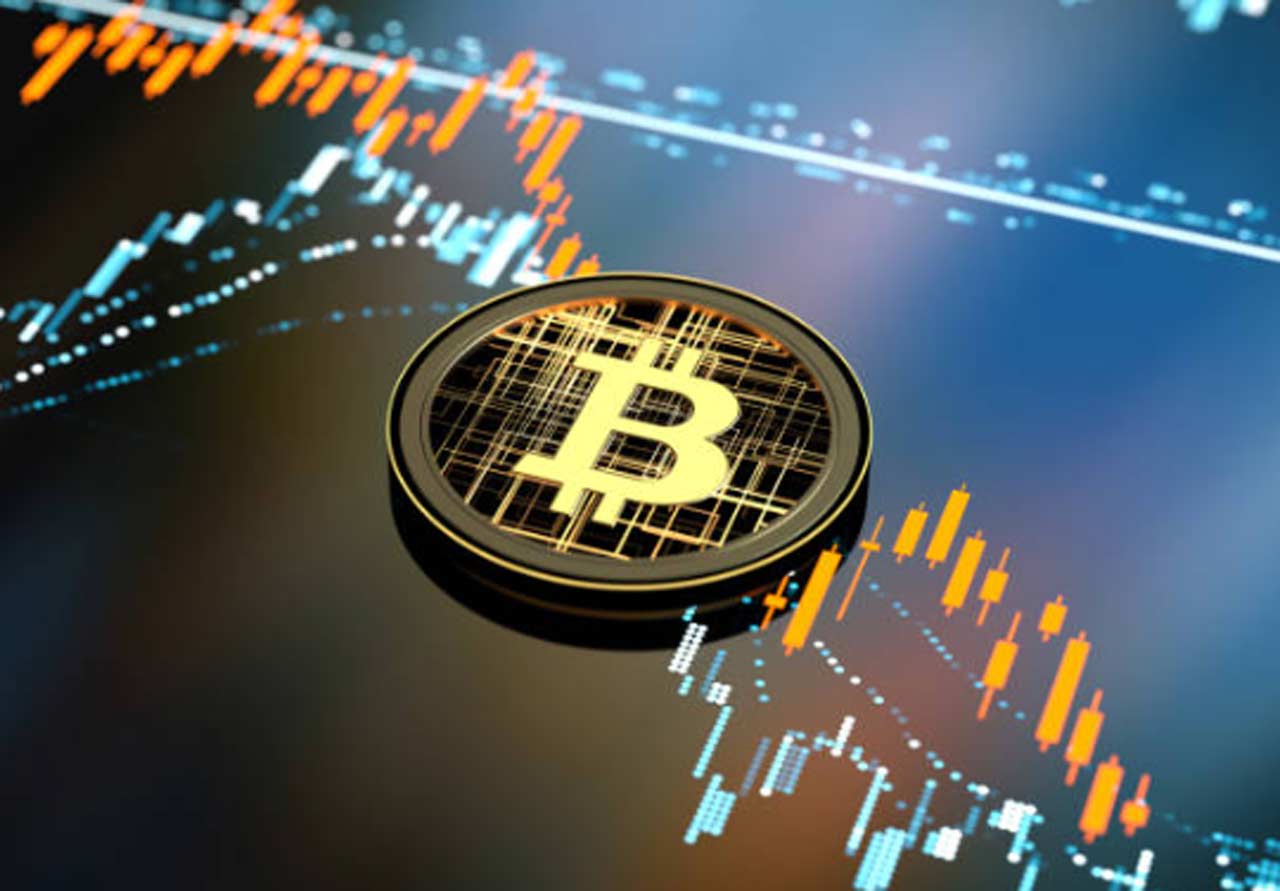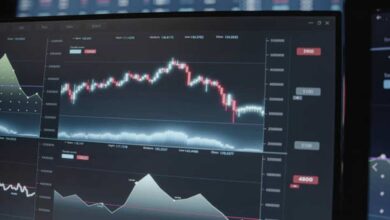
The global economy is intricately connected to the energy sector, where oil serves as a fundamental pillar of the world’s energy supply. In this article, we delve into the intricacies of advanced oil trading, providing insights into the mechanics that underpin this essential market and highlighting its pivotal role in the broader financial landscape.
Understanding the complex web of factors and players involved in oil trading is indispensable for comprehending the dynamic interplay between economics, geopolitics, technology, and ethics that shapes this vital sector. Visit Oil-Pro-Profit.com now and get a clear understanding of investing in the market. It connects traders with expert educational institutions seamlessly.
The Basics of Oil Trading
Oil trading is a vast and intricate market encompassing a multitude of players, strategies, and factors. At its core, this market involves the buying and selling of crude oil, typically categorized as West Texas Intermediate (WTI) and Brent Crude.
Major players include multinational oil companies, commodity traders, and financial institutions. Prices are primarily driven by the basic economic principle of supply and demand. As global economic conditions shift, the oil market responds accordingly, leading to price fluctuations.
The Petrodollar System
Established in the 1970s, the petrodollar system is a pivotal element within the intricate world of oil trading. This system hinges on the predominant use of U.S. dollars in oil transactions, solidifying the dollar’s role as the global reserve currency.
Its impact on the U.S. economy and monetary policy has been substantial, but over time, the petrodollar system has come under scrutiny and garnered criticism, especially concerning its geopolitical consequences and underlying vulnerabilities.
Advanced Trading Strategies
Oil traders deploy a range of strategies to navigate the often tumultuous waters of the oil market. Two primary methods are spot trading and futures trading. Spot trading entails the immediate purchase and delivery of oil, while futures trading involves the use of contracts to buy or sell oil at predetermined prices on future dates.
Hedging is a strategic risk management approach, aimed at mitigating potential losses, while speculation is geared toward capitalizing on price fluctuations. Notably, geopolitical factors, such as conflicts in oil-producing regions or shifts in government policies, exert substantial influence on these trading strategies.
Read Also: Innovative Strategies That Drive Business Success
The Role of OPEC
OPEC, officially known as the Organization of the Petroleum Exporting Countries, wields significant influence within the oil trading sphere. Comprising 13 member countries, OPEC collectively contributes a substantial share of the world’s oil supply.
Founded in 1960, OPEC’s central mission revolves around the coordination of oil production to exert control over prices and foster market stability. Their production quotas and policies hold a palpable sway over oil trading dynamics, with alterations in output triggering consequential price fluctuations.
Oil Trading Technology
The oil trading industry has undergone a profound transformation thanks to technological advancements. Notably, algorithmic trading and high-frequency trading (HFT) have risen to prominence.
These sophisticated automated systems leverage intricate algorithms to execute trades at astonishing speeds, enabling them to respond to market fluctuations within fractions of a second.
While these technological innovations have undeniably enhanced efficiency and liquidity within the market, they also come with inherent risks, including the potential for flash crashes and susceptibility to cyberattacks.
Navigating this dynamic landscape requires a keen understanding of both the opportunities and vulnerabilities presented by these cutting-edge trading methods.
Environmental and Ethical Considerations
Oil trading gives rise to pressing environmental and ethical concerns. The sector’s environmental footprint, marked by oil spills and carbon emissions, has raised alarm bells, necessitating a closer look at its sustainability.
Beyond environmental impacts, ethical quandaries loom over the industry, involving issues like supporting regimes with questionable human rights records and potential price manipulation.
However, a ray of hope emerges in the form of ongoing efforts to foster responsible and sustainable oil trading. These include initiatives aimed at mitigating carbon emissions and establishing ethical standards in business practices.
Conclusion
In conclusion, advanced oil trading is a multifaceted world that intersects economics, geopolitics, technology, and ethics. Understanding the petro puzzle is crucial for anyone interested in global finance and the energy industry.
As technology continues to reshape the landscape, and environmental and ethical concerns gain prominence, the future of oil trading will likely witness further transformations. Keeping a close eye on this complex market is essential to decoding the ever-evolving world of oil trading.







